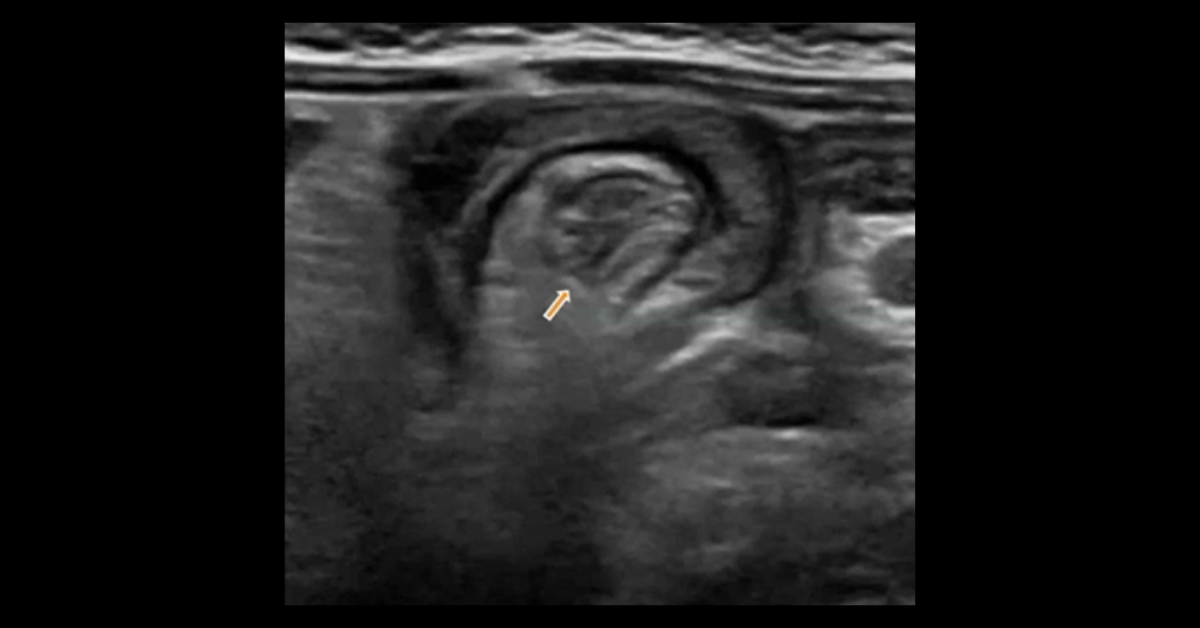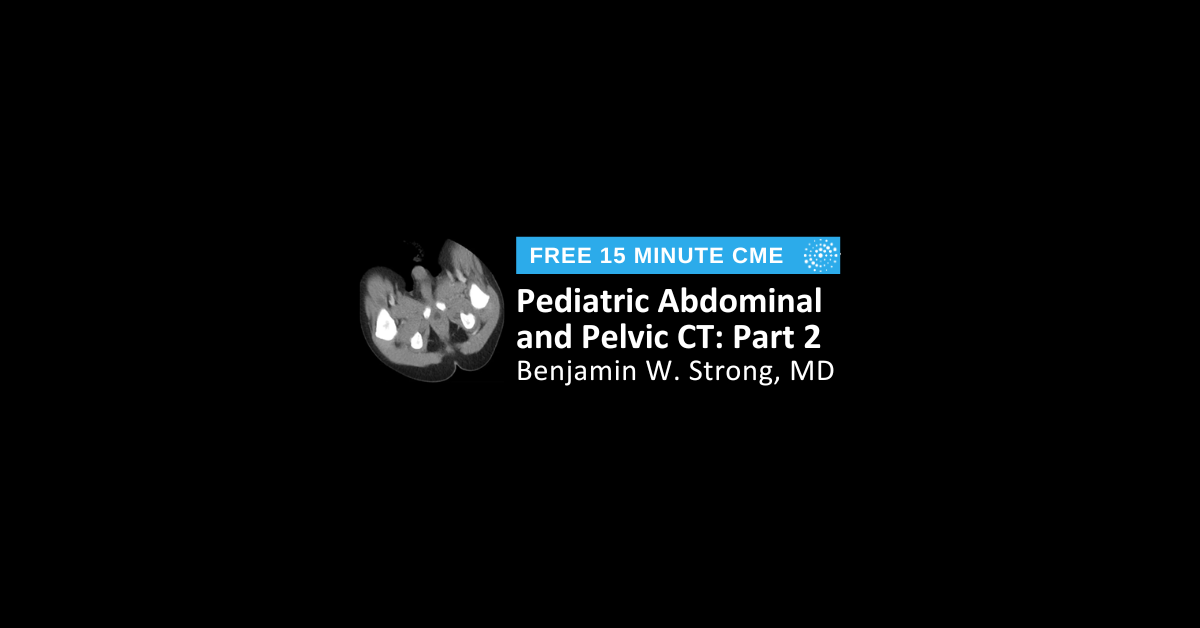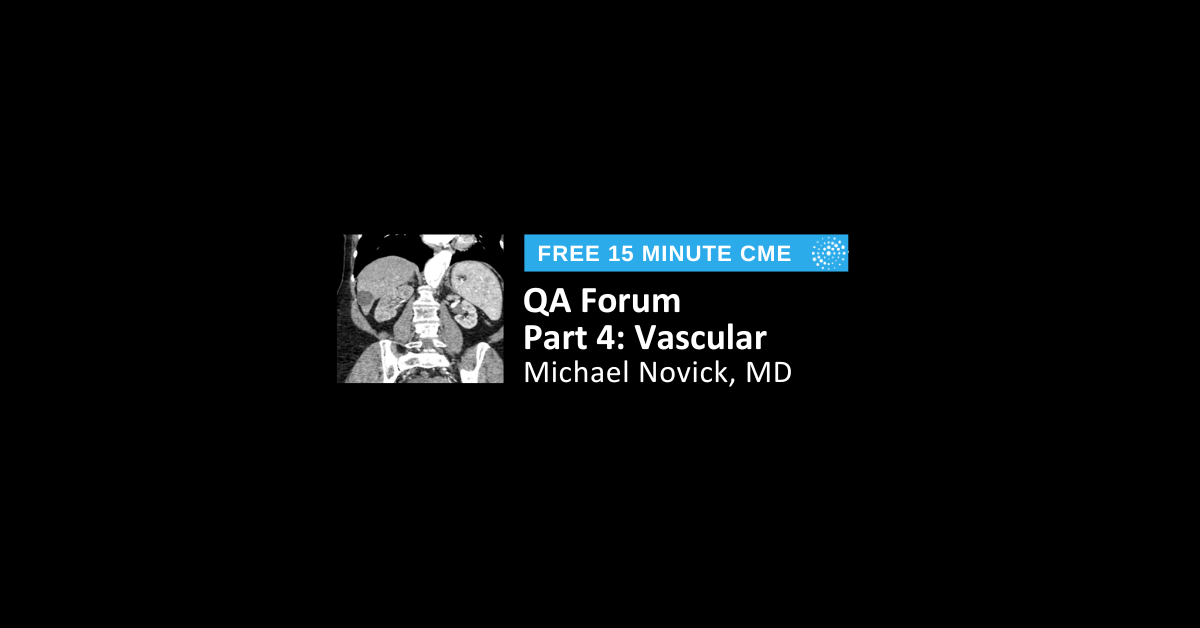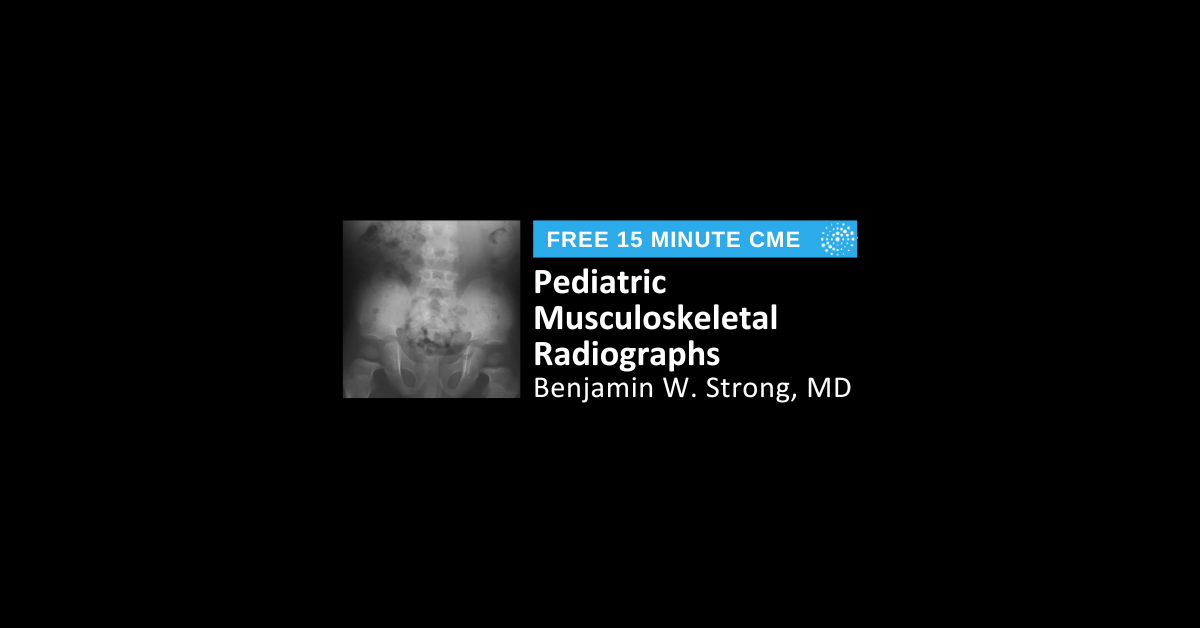
Ultrasound of the Abdomen, Pelvis, & Extremity
0.25 AMA PRA Category 1 Credit™
Cost: Free
Expires: 12/31/2028
Course Overview
A collection of ultrasound cine cases demonstrating a variety of abdominal and pelvic pathologies.

Remote radiologist jobs with flexible schedules, equitable pay, and the most advanced reading platform. Discover teleradiology at vRad.

Radiologist well-being matters. Explore how vRad takes action to prevent burnout with expert-led, confidential support through our partnership with VITAL WorkLife. Helping radiologists thrive.

Visit the vRad Blog for radiologist experiences at vRad, career resources, and more.

vRad provides radiology residents and fellows free radiology education resources for ABR boards, noon lectures, and CME.

Teleradiology services leader since 2001. See how vRad AI is helping deliver faster, higher-quality care for 50,000+ critical patients each year.

Subspecialist care for the women in your community. 48-hour screenings. 1-hour diagnostics. Comprehensive compliance and inspection support.

vRad’s stroke protocol auto-assigns stroke cases to the top of all available radiologists’ worklists, with requirements to be read next.

vRad’s unique teleradiology workflow for trauma studies delivers consistently fast turnaround times—even during periods of high volume.

vRad’s Operations Center is the central hub that ensures imaging studies and communications are handled efficiently and swiftly.

vRad is delivering faster radiology turnaround times for 40,000+ critical patients annually, using four unique strategies, including AI.
.jpg?width=1024&height=576&name=vRad-High-Quality-Patient-Care-1024x576%20(1).jpg)
vRad is developing and using AI to improve radiology quality assurance and reduce medical malpractice risk.

Now you can power your practice with the same fully integrated technology and support ecosystem we use. The vRad Platform.

Since developing and launching our first model in 2015, vRad has been at the forefront of AI in radiology.

Since 2010, vRad Radiology Education has provided high-quality radiology CME. Open to all radiologists, these 15-minute online modules are a convenient way to stay up to date on practical radiology topics.

Join vRad’s annual spring CME conference featuring top speakers and practical radiology topics.

vRad provides radiology residents and fellows free radiology education resources for ABR boards, noon lectures, and CME.

Academically oriented radiologists love practicing at vRad too. Check out the research published by vRad radiologists and team members.

Learn how vRad revolutionized radiology and has been at the forefront of innovation since 2001.
%20(1).jpg?width=1008&height=755&name=Copy%20of%20Mega%20Nav%20Images%202025%20(1008%20x%20755%20px)%20(1).jpg)
%20(2).jpg?width=1008&height=755&name=Copy%20of%20Mega%20Nav%20Images%202025%20(1008%20x%20755%20px)%20(2).jpg)

Visit the vRad blog for radiologist experiences at vRad, career resources, and more.


Explore our practice’s reading platform, breast imaging program, AI, and more. Plus, hear from vRad radiologists about what it’s like to practice at vRad.

Ready to be part of something meaningful? Explore team member careers at vRad.

Remote radiologist jobs with flexible schedules, equitable pay, and the most advanced reading platform. Discover teleradiology at vRad.

Radiologist well-being matters. Explore how vRad takes action to prevent burnout with expert-led, confidential support through our partnership with VITAL WorkLife. Helping radiologists thrive.

Visit the vRad Blog for radiologist experiences at vRad, career resources, and more.

vRad provides radiology residents and fellows free radiology education resources for ABR boards, noon lectures, and CME.

Teleradiology services leader since 2001. See how vRad AI is helping deliver faster, higher-quality care for 50,000+ critical patients each year.

Subspecialist care for the women in your community. 48-hour screenings. 1-hour diagnostics. Comprehensive compliance and inspection support.

vRad’s stroke protocol auto-assigns stroke cases to the top of all available radiologists’ worklists, with requirements to be read next.

vRad’s unique teleradiology workflow for trauma studies delivers consistently fast turnaround times—even during periods of high volume.

vRad’s Operations Center is the central hub that ensures imaging studies and communications are handled efficiently and swiftly.

vRad is delivering faster radiology turnaround times for 40,000+ critical patients annually, using four unique strategies, including AI.
.jpg?width=1024&height=576&name=vRad-High-Quality-Patient-Care-1024x576%20(1).jpg)
vRad is developing and using AI to improve radiology quality assurance and reduce medical malpractice risk.

Now you can power your practice with the same fully integrated technology and support ecosystem we use. The vRad Platform.

Since developing and launching our first model in 2015, vRad has been at the forefront of AI in radiology.

Since 2010, vRad Radiology Education has provided high-quality radiology CME. Open to all radiologists, these 15-minute online modules are a convenient way to stay up to date on practical radiology topics.

Join vRad’s annual spring CME conference featuring top speakers and practical radiology topics.

vRad provides radiology residents and fellows free radiology education resources for ABR boards, noon lectures, and CME.

Academically oriented radiologists love practicing at vRad too. Check out the research published by vRad radiologists and team members.

Learn how vRad revolutionized radiology and has been at the forefront of innovation since 2001.
%20(1).jpg?width=1008&height=755&name=Copy%20of%20Mega%20Nav%20Images%202025%20(1008%20x%20755%20px)%20(1).jpg)
%20(2).jpg?width=1008&height=755&name=Copy%20of%20Mega%20Nav%20Images%202025%20(1008%20x%20755%20px)%20(2).jpg)

Visit the vRad blog for radiologist experiences at vRad, career resources, and more.


Explore our practice’s reading platform, breast imaging program, AI, and more. Plus, hear from vRad radiologists about what it’s like to practice at vRad.

Ready to be part of something meaningful? Explore team member careers at vRad.
Since 2010, vRad Radiology Education has offered high-quality continuing medical education (CME) modules on practical radiology topics—accessible to all radiologists and designed for convenient learning.
Scroll down to explore courses.

0.25 AMA PRA Category 1 Credit™
Cost: Free
Expires: 12/31/2028

A collection of ultrasound cine cases demonstrating a variety of abdominal and pelvic pathologies.

0.25 AMA PRA Category 1 Credit™
Cost: Free
Expires: 12/31/2028

A collection of ultrasound cine cases demonstrating a variety of abdominal and pelvic pathologies.

0.25 AMA PRA Category 1 Credit™
Cost: Free
Expires: 12/31/2028

A collection of CT cases demonstrating a variety of pediatric abdominal and pelvic abnormalities.

0.25 AMA PRA Category 1 Credit™
Cost: Free
Expires: 12/31/2028

A collection of CT cases demonstrating a variety of pediatric abdominal and pelvic abnormalities.

0.25 AMA PRA Category 1 Credit™
Cost: Free
Expires: 12/31/2028

The purpose of the QA Forum lectures is to review common pathology encountered during our QA review process in an effort to identify and understand the reasons why misses occur and help mitigate against similar mistakes in the future.

0.25 AMA PRA Category 1 Credit™
Cost: Free
Expires: 12/31/2028

The purpose of the QA Forum lectures is to review common pathology encountered during our QA review process in an effort to identify and understand the reasons why misses occur and help mitigate against similar mistakes in the future.

0.25 AMA PRA Category 1 Credit™
Cost: Free
Expires: 12/31/2028

The purpose of the QA Forum lectures is to review common pathology encountered during our QA review process in an effort to identify and understand the reasons why misses occur and help mitigate against similar mistakes in the future.

0.25 AMA PRA Category 1 Credit™
Cost: Free
Expires: 12/31/2028

The purpose of the QA Forum lectures is to review common pathology encountered during our QA review process in an effort to identify and understand the reasons why misses occur and help mitigate against similar mistakes in the future.

0.25 AMA PRA Category 1 Credit™
Cost: Free
Expires: 12/31/2028

A collection of pediatric musculoskeletal radiographs demonstrating common radiograph findings such as periostitis and metaphyseal density that allow for the diagnosis of unusual disorders such as Ewing sarcoma and scurvy.

0.25 AMA PRA Category 1 Credit™
Cost: Free
Expires: 12/31/2028

A collection of pediatric abdominal and pelvic radiographs demonstrating a variety of unusual abnormalities that allow for specific radiographic diagnoses.
vRad (Virtual Radiologic) is a national radiology practice combining clinical excellence with cutting-edge technology development. Each year, we bring exceptional radiology care to millions of patients and empower healthcare providers with technology-driven solutions.
Non-Clinical Inquiries (Total Free):
800.737.0610
Outside U.S.:
011.1.952.595.1111
3600 Minnesota Drive, Suite 800
Edina, MN 55435